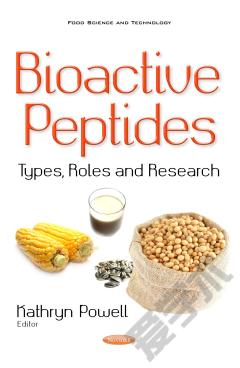Earthworms: Types, Roles and Research
Earthworms are often recognized as key organisms in soil ecosystems. In Chapter One, the authors propose endozoochory (seed dispersal through ingestion) as a missing mechanism of Oligochaeta dispersal and put forward the fusion-orthogonalization model for the diversification and speciation of the Oligochaeta populations. Chapter Two discusses the biodiversity of earthworms in Madhya Pradesh, a central part of India. Earthworm diversity in some parts of India is still poorly explored, but findings suggest that the Madhya Pradesh region is rich in biodiversity of earthworms. In Chapter Three, a predation pressure is presented as an important variable which can be viewed as another type of pressure on the earthworm population, such as pollution, environmental stress or land management, causing additional or extrinsic mortality to earthworm population. Chapter Four covers the key role played by earthworms as ecosystem engineers through their bioturbation activities involving soil mixing, their influence on the decomposition and mineralization of litter by breaking down organic matter, and their influence on the gas and water exchange or nutrient transfer in the soil. Chapter Five reviews recent research regarding the assessment of various pollutants on earthworms with emphasis on the possible improvement of the investigation in soil pollution monitoring using these organisms.
{{comment.content}}








 京公网安备 11010802027623号
京公网安备 11010802027623号